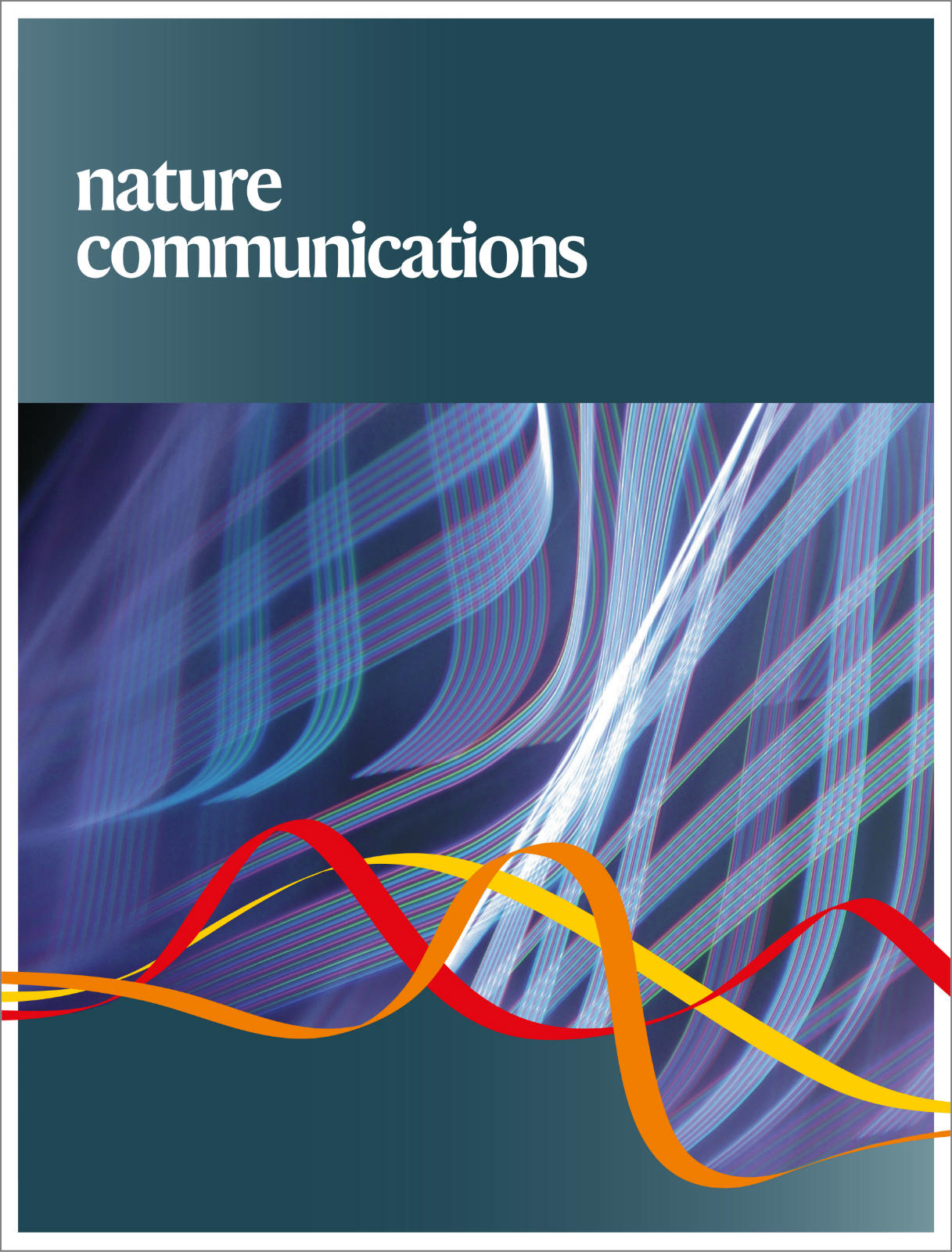CompasSeq: epitranscriptome-wide percentage assessment of metabolite-capped RNA at the transcript resolution.
IF 14.7
1区 综合性期刊
Q1 MULTIDISCIPLINARY SCIENCES
引用次数: 0
Abstract
Nucleotide-containing metabolites, e.g., NAD, can serve as noncanonical initiating nucleotides (NCIN) during transcription, yielding NCIN-capped RNAs (NCIN-RNAs). Current profiling strategies are limited to detecting specific metabolite caps and lack an epitranscriptome-wide approach for quantifying the ratio between NCIN- and m7G-capped forms. Here, we develop the CompasSeq analytical platform, which integrates experimental and computational frameworks, enabling comprehensive and quantitative assessment of NCIN-RNAs at the transcript resolution. CompasSeq utilizes carefully devised enzymatic reactions to selectively capture NCIN-RNAs. By introducing proper spike-ins, CompasSeq can analyze the stoichiometry of NCIN caps. We further design an orthogonal method, the quantitative exoribonuclease reduction assay, to validate newly identified NCIN-RNAs and their capping ratios. Using CompasSeq, we quantify previously unexplored NCIN capping percentages from mouse liver and illustrate their age-associated dynamics. Moreover, we uncover a dichotomy between RNA expression and NCIN capping in genes impinging on age-related pathways. Our study presents both experimental and computational solutions for in-depth analysis of NCIN-RNAs, paving the road for functional investigations into NCIN-RNAs.CompasSeq:在转录物分辨率下对代谢物上限RNA的全表转录组百分比评估。
含有核苷酸的代谢物,如NAD,可以在转录过程中作为非规范起始核苷酸(NCIN),产生NCIN-capped rna (NCIN- rna)。目前的分析策略仅限于检测特定的代谢物帽,并且缺乏一种全表转录组范围的方法来量化NCIN-和m7g -帽型之间的比例。在这里,我们开发了CompasSeq分析平台,它集成了实验和计算框架,能够在转录本分辨率上对ncin - rna进行全面和定量的评估。CompasSeq利用精心设计的酶促反应来选择性地捕获ncin - rna。通过引入适当的尖刺,CompasSeq可以分析NCIN帽的化学计量学。我们进一步设计了一种正交方法,定量核糖核酸酶还原试验,以验证新鉴定的ncin - rna及其封顶比。使用CompasSeq,我们量化了以前未探索的小鼠肝脏NCIN封顶百分比,并说明了它们与年龄相关的动态。此外,我们发现在影响年龄相关通路的基因中,RNA表达和NCIN封顶之间存在二分法。我们的研究为深入分析ncin - rna提供了实验和计算解决方案,为ncin - rna的功能研究铺平了道路。
本文章由计算机程序翻译,如有差异,请以英文原文为准。
求助全文
约1分钟内获得全文
求助全文
来源期刊

Nature Communications
Biological Science Disciplines-
CiteScore
24.90
自引率
2.40%
发文量
6928
审稿时长
3.7 months
期刊介绍:
Nature Communications, an open-access journal, publishes high-quality research spanning all areas of the natural sciences. Papers featured in the journal showcase significant advances relevant to specialists in each respective field. With a 2-year impact factor of 16.6 (2022) and a median time of 8 days from submission to the first editorial decision, Nature Communications is committed to rapid dissemination of research findings. As a multidisciplinary journal, it welcomes contributions from biological, health, physical, chemical, Earth, social, mathematical, applied, and engineering sciences, aiming to highlight important breakthroughs within each domain.
 求助内容:
求助内容: 应助结果提醒方式:
应助结果提醒方式:


